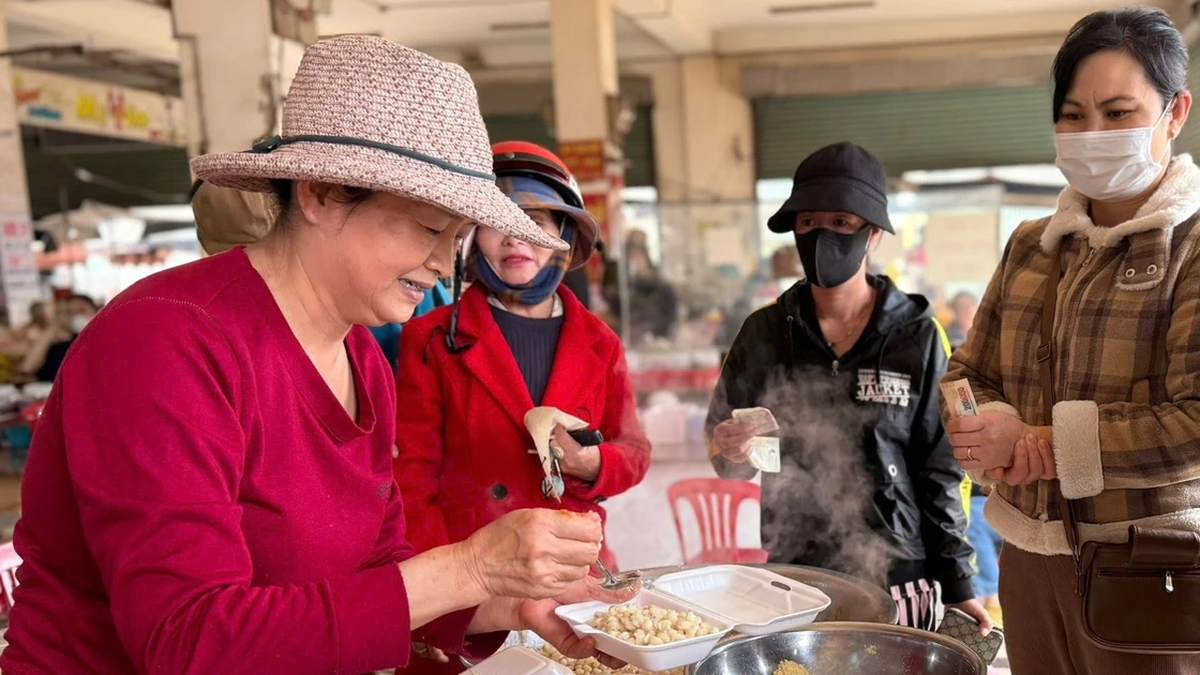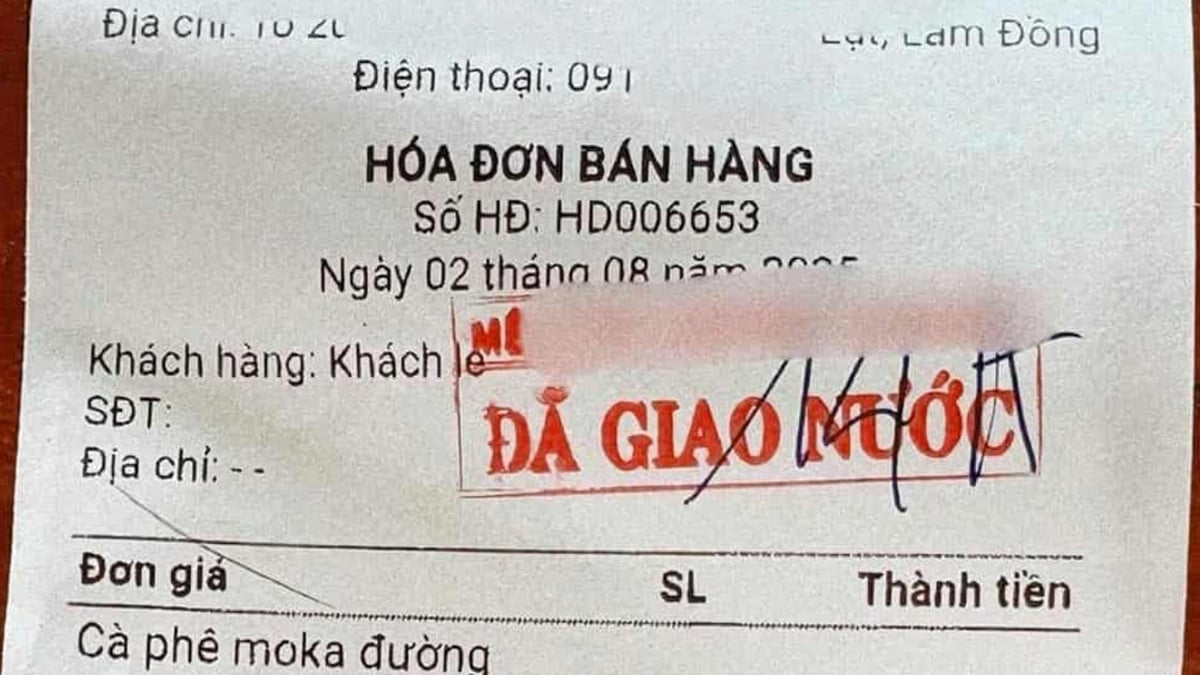
Vietnam's coconut output currently reaches about 2 million tons per year.
Great export potential
With more than 200,000 hectares of coconut, ranking 5th in the world in terms of area and output of 2 million tons, Vietnam has increased the export turnover of the coconut industry to 1.089 billion USD by 2024, a remarkable step forward from 180 million USD in 2010. In the first 2 months of 2025, fresh coconut exports reached 33.3 million USD (up 18% over the same period in 2024), while processed coconut products brought in 43.8 million USD (up 86%). Notably, in February 2025, fresh coconut export turnover reached 13.4 million USD, up 45% over the same period, with the US market increasing by 46% and China accounting for 20% of the country's total coconut import turnover.
This growth is supported by expanding international markets. Typically, the US, a country that consumes coconuts all year round with supplies from 17 countries such as Mexico and Thailand, is welcoming Vietnamese coconuts thanks to their natural flavor and high quality. China, after signing the Official Export Protocol in August 2024, has become a potential market with an expected export value of 250 million USD in fresh coconuts in 2024. Global trends show strong demand for coconuts, especially in Western and Asian markets, where Vietnam is competing with the Philippines - expected to reach 1.2 billion USD in coconut exports in 2025.
According to a survey by the Department of Crop Production and Plant Protection, Ministry of Agriculture and Environment, in provinces such as Ben Tre and Tien Giang , the price of fresh coconuts currently ranges from VND150,000-170,000/12 fruits, while dried coconuts are sold for VND200,000-210,000/12 fruits, depending on quality. This price increase not only reflects domestic market demand but is also the result of a global trend, where coconut prices in countries such as the Philippines and Thailand are also climbing due to reduced supply and strong export growth. This is a golden opportunity for Vietnam to take advantage, boost exports and position the coconut industry as a pillar of the agricultural economy in 2025.
However, the development of coconut products in Vietnam still faces many challenges. In Ben Tre and Tien Giang provinces, with more than 100,000 hectares of coconut, dry season productivity has decreased due to drought, salinity and pests, leading to a situation of "demand exceeding supply". Traders have to hunt for the garden, putting pressure on the supply chain.
To take advantage of the opportunities from rising coconut prices and global demand, the Vietnamese coconut industry needs to focus on strategic solutions. Mr. Cao Ba Dang Khoa, General Secretary and Vice President of the Vietnam Coconut Association, proposed building strong brands for coconut products, from fresh coconut, coconut milk, coconut oil, to cosmetics and handicrafts. With 4 key business groups – food/cosmetics (43% of turnover), handicrafts (23%), raw materials (18%), and fresh coconut (16%) – deep processing and product diversification will increase added value.
The advantage of Vietnamese coconuts lies in their natural varieties, with a distinctive flavor that is popular in the US and China. To exploit this to the fullest, the industry needs to promote chain production, connecting farmers with businesses through long-term contracts. This ensures a stable supply, especially when export demand is expected to push export turnover to 1.2 billion USD in 2025, with fresh coconut contributing about 500 million USD, according to the forecast of the Vietnam Fruit and Vegetable Association.
In addition, investment in modern logistics and processing technology will help reduce transportation costs and extend the shelf life of fresh coconuts – a competitive advantage. Expansion into new markets such as Europe and the Middle East, along with brand protection through traceability, will reduce dependence on China and the Philippines, where competition is increasingly fierce.
To overcome salinity and pests, it is necessary to apply advanced agricultural technology, such as smart irrigation and disease-resistant varieties, especially in Ben Tre and Tien Giang. At the same time, building international standard raw material areas will ensure quality, meeting strict standards of the US and EU. Enterprises also need to optimize export processes, take advantage of e-commerce to reach global customers, and increase trade promotion at international fairs.
Mr. Le Thanh Hoa, Deputy Director of the Department of Quality, Processing and Market Development, Ministry of Agriculture and Environment, noted that the inclusion of coconut in the list of key industrial crops has created a clear momentum for development. He recommended that there should be a specific strategy to balance supply and demand, especially when the export tax on coconut is reduced to 0% according to trade agreements, which is both an opportunity and a challenge if domestic raw material sources are not well managed.
Deputy Minister of Agriculture and Environment Phung Duc Tien emphasized that the coconut industry needs to prepare scenarios to respond to strict standards from international markets, especially the US, and take advantage of opportunities from trade agreements such as RCEP to expand exports to China and new markets.
Do Huong
Source: https://baochinhphu.vn/can-chien-luoc-cho-phat-trien-nganh-dua-102250506221046477.htm



































































































Comment (0)